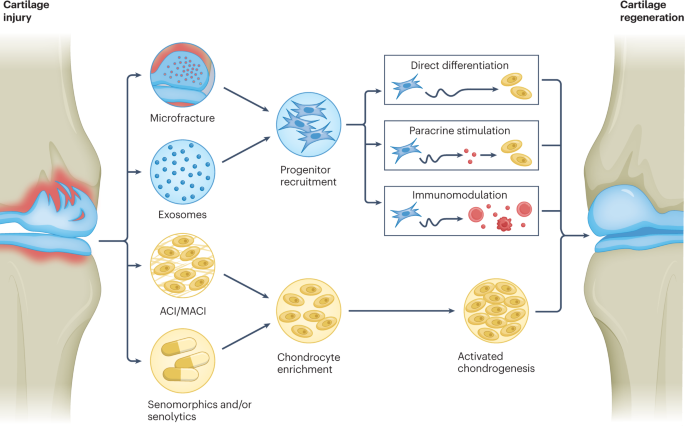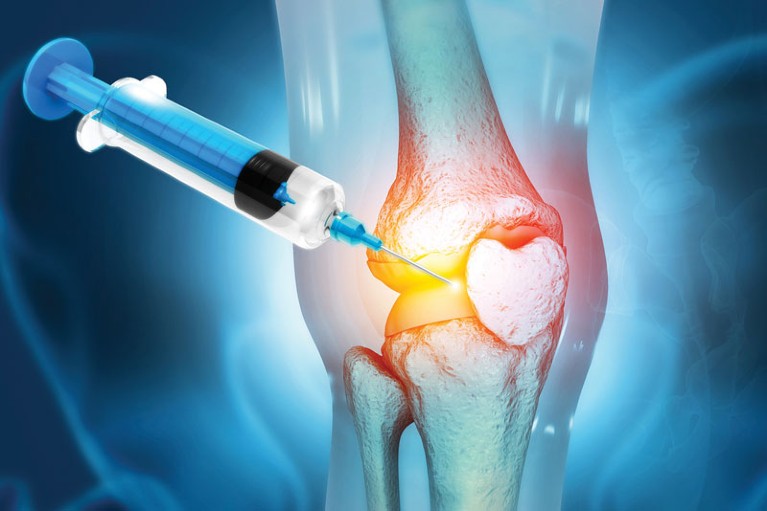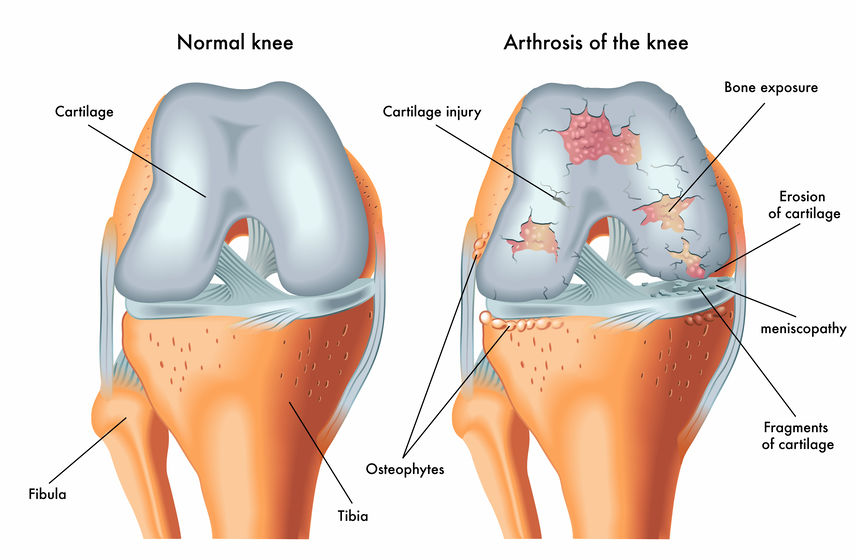Innovations in Cartilage Regeneration: Shaping the Future of Joint Restoration
In recent years, significant advancements have been made in the field of orthopedics, particularly in the area of cartilage regeneration. These advancements hold promise for individuals suffering from joint-related issues, offering hope for improved treatments and outcomes. In this article, we’ll explore the latest developments in cartilage regeneration and their implications for the future of joint repair.

Recent Advances in Cartilage Regeneration:
Recent research has led to breakthroughs in cartilage regeneration techniques. One such advancement is the development of tissue engineering approaches that aim to mimic the natural structure and function of cartilage. Scientists have been able to create scaffolds seeded with stem cells or chondrocytes, which promote the growth of new cartilage tissue. These tissue-engineered constructs have shown promising results in preclinical and clinical studies, offering a potential solution for cartilage repair.
New Treatments for Cartilage Regrowth:
In addition to tissue engineering, new treatments for cartilage regrowth have emerged, including the use of growth factors and gene therapy. Growth factors such as transforming growth factor-beta (TGF-β) and bone morphogenetic proteins (BMPs) play crucial roles in stimulating the production of cartilage matrix components. Gene therapy involves the delivery of specific genes to target cells, promoting cartilage repair and regeneration. These innovative approaches offer alternative strategies for enhancing cartilage healing and restoring joint function.

Technology for Cartilage Repair:
Advancements in technology have also revolutionized cartilage repair techniques. One notable technology is the development of 3D bioprinting, which allows for the precise fabrication of complex cartilage structures. With 3D bioprinting, customized scaffolds can be created to match the unique anatomy of individual patients, facilitating more effective cartilage regeneration. Furthermore, advancements in imaging technologies such as magnetic resonance imaging (MRI) and computed tomography (CT) have improved the diagnosis and monitoring of cartilage defects, enabling early intervention and personalized treatment strategies.
Possibility of Cartilage Regeneration:
Despite these exciting advancements, the possibility of complete cartilage regeneration remains a subject of ongoing research. While current treatments can help alleviate symptoms and slow down disease progression, achieving full restoration of damaged cartilage remains a challenge. However, ongoing research efforts continue to explore novel strategies and therapeutic targets for enhancing cartilage regeneration and improving clinical outcomes.

Conclusion:
In conclusion, advancements in cartilage regeneration represent a significant step forward in the field of orthopedics, offering hope for individuals with joint-related issues. From tissue engineering to growth factors and innovative technologies, researchers are continually pushing the boundaries of what is possible in cartilage repair. While challenges remain, the future of joint repair looks promising, with the potential for improved treatments and better outcomes for patients.
Know More About Advancements in Cartilage Cell Therapy: Current Research and Future Directions
Joint Replacement Surgery: Latest Advancements in Orthopedic.
